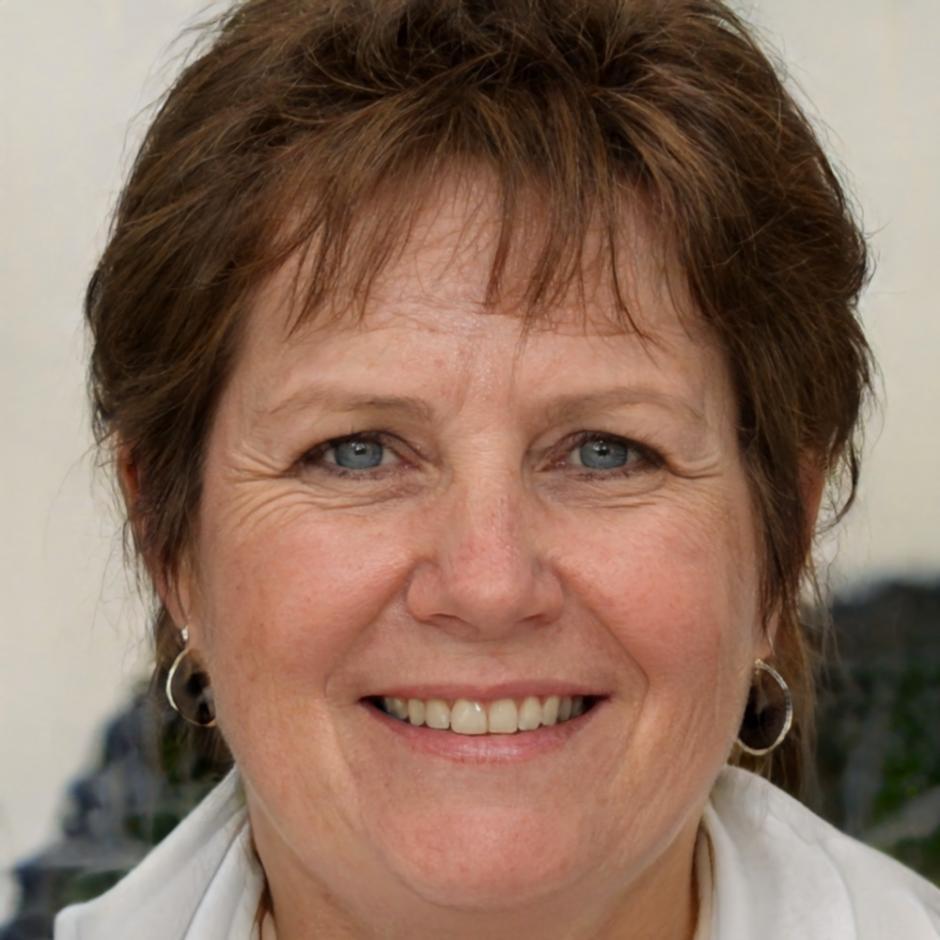We've Been Doing This Since 2018
fegorlumiraera started because two former finance professionals got tired of watching businesses make expensive capital decisions without proper frameworks. We're not consultants who'll tell you what to do — we teach you how to make better decisions yourself.
"Every dollar you spend on equipment, expansion, or technology should earn its keep. That's not complex theory. It's just good sense backed by solid numbers."
How We Got Here
The Beginning in Perth
Started with weekend workshops teaching small business owners how to actually calculate return on investment. Bridger left his banking job after seeing too many good businesses fail because they couldn't evaluate capital projects properly. First year we taught 40 people.
During the Pandemic Shift
Moved everything online when lockdowns hit. Turned out businesses needed capital budgeting skills more than ever — deciding which investments to postpone, which to accelerate, and how to preserve cash. Our enrollment went from 40 to 180 students that year.
Saskia Joined From Industry
Brought on Saskia who'd spent years in manufacturing finance. She rebuilt our curriculum to focus on real scenarios — not textbook problems. Students started bringing actual investment proposals to analyze during sessions. Much messier but way more useful.
Where We Are Now
We've taught over 600 people how to build proper capital budgets. Most of them still email us questions years later. That's actually how we measure success — not by how many enroll but by how many keep applying what they learned.
What Matters to Us
These aren't aspirational values we put on posters. They're how we actually work with people who want to get better at capital decisions.
Real Numbers Over Theory
We don't teach abstract financial models that only work in textbooks. Every calculation we show you comes from actual business scenarios — equipment purchases, facility expansions, technology upgrades.
Example: When teaching payback period, we use real quotes from suppliers, actual utility costs, and realistic depreciation schedules. Not made-up numbers that happen to work out perfectly.
You Keep Your Spreadsheets
Everything we build together during sessions becomes yours. The NPV calculators, the sensitivity analysis templates, the cash flow projections — you take them all. Modify them however you need.
Example: One participant adapted our equipment replacement model for their fleet of delivery vans. They now use it quarterly to plan vehicle purchases three years ahead.
Questions After Graduation
Learning doesn't stop when the program ends. People email us months later with specific questions about projects they're analyzing. That's expected and encouraged — it means you're actually using this stuff.
Example: A 2022 graduate sent us their analysis of a warehouse automation project last month. We reviewed their assumptions and helped them spot a cost they'd missed in year three.
Honest About Limitations
Capital budgeting can't predict the future. It just helps you make better decisions with incomplete information. We're upfront about what these tools can and can't do — and when gut feeling matters more than calculations.
Example: We teach IRR calculations but also explain why sometimes a strategically important project matters even when the numbers are borderline. Context always beats formulas.
Problems We Help You Solve
Comparing Completely Different Projects
You need to choose between upgrading your delivery fleet, expanding warehouse space, or investing in new software. They all cost different amounts and pay back over different timeframes. How do you compare them fairly?
Common Metrics, Better Decisions
We teach you how to convert everything to comparable measures — net present value, internal rate of return, profitability index. Then you can rank projects objectively while still considering strategic importance. You'll build a scoring framework that works for your specific situation.
Cash Flow Timing Issues
A major capital investment looks profitable overall, but it creates a cash crunch in months 8-14 that could stress your working capital. The project works on paper but might create real operational problems.
Month-by-Month Planning
We show you how to build monthly cash flow projections that reveal timing problems early. Then you learn strategies to manage them — staging the investment differently, arranging financing, or adjusting the implementation schedule. It's about seeing problems before they happen.
Uncertainty in Estimates
Your vendor says the new equipment will reduce production costs by 20%, but what if it's only 15%? Or 10%? How do you decide when all your numbers are estimates that might be wrong?
Sensitivity Analysis Skills
We teach you how to test your assumptions — what happens if costs are 10% higher, if benefits take longer to materialize, if useful life is shorter than expected? You learn to identify which variables matter most and where you need better information before committing.
Who You'll Work With
Just two of us running fegorlumiraera. We both came from finance roles where we did this work every day. Now we teach others how to do it themselves instead of hiring expensive consultants.

Bridger Holliwell
Director of Financial Strategy
Spent eight years as a banking analyst reviewing capital investment proposals. Got frustrated seeing the same mistakes repeatedly — bad assumptions, incomplete analysis, ignored risks. Started fegorlumiraera to teach business owners the frameworks banks use to evaluate projects.

Saskia Denholm
Head of Learning Development
Managed capital budgeting for a mid-sized manufacturing company for six years. Built the curriculum around real problems she dealt with — equipment replacement cycles, capacity expansion decisions, make-versus-buy analysis. Believes spreadsheets should be tools, not mysteries.
Ready to Learn This Properly?
Our next program starts in October 2025. It runs for eight weeks, one evening session per week. You'll finish with frameworks you can use immediately and templates you'll keep forever.
View Program Details